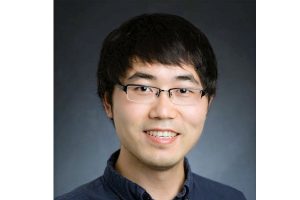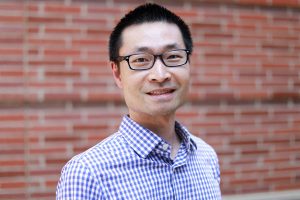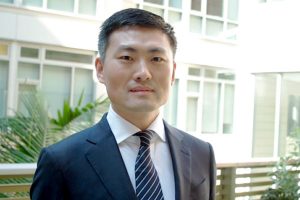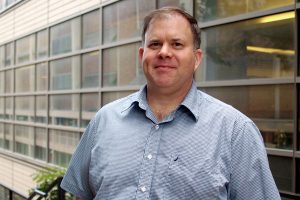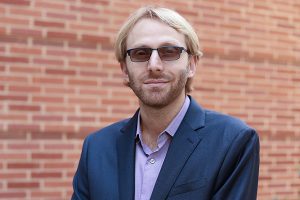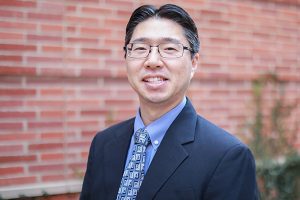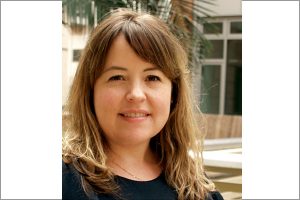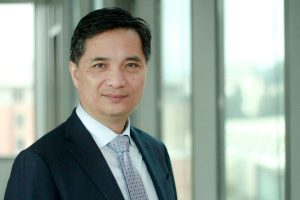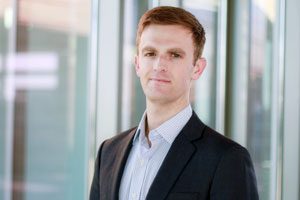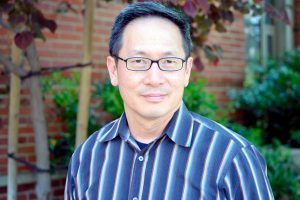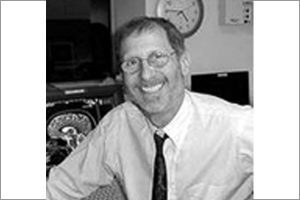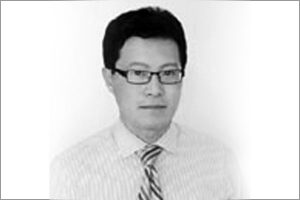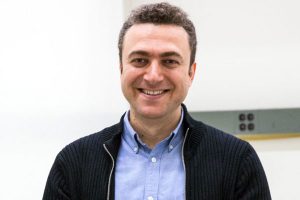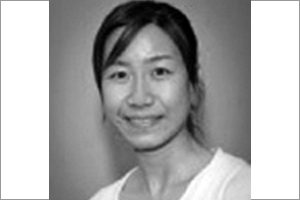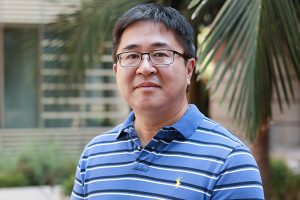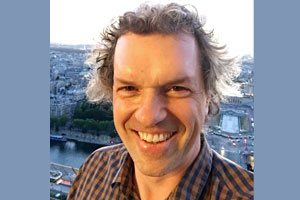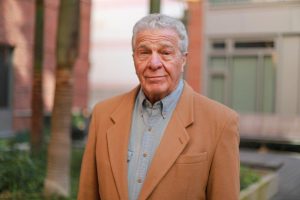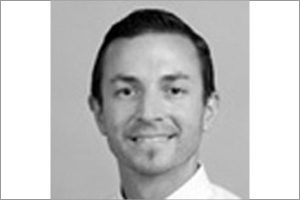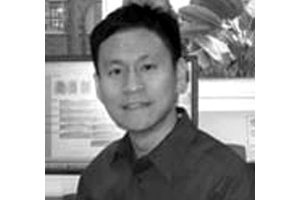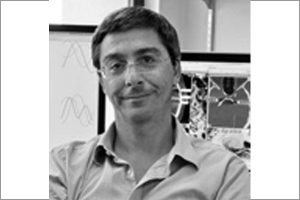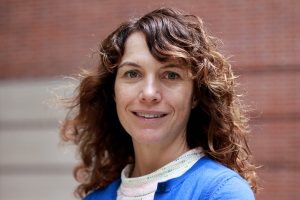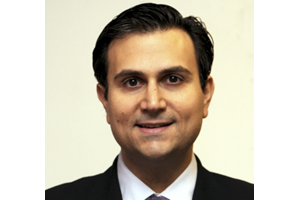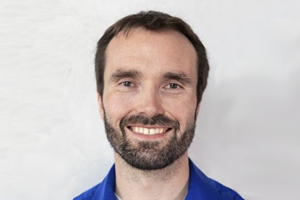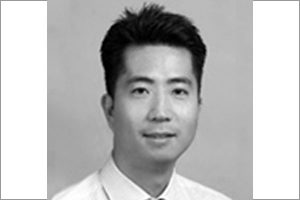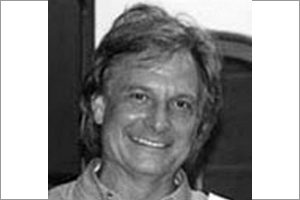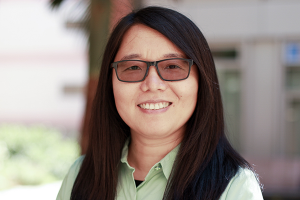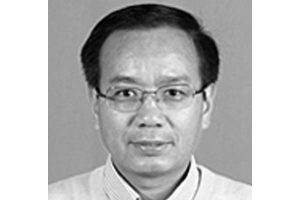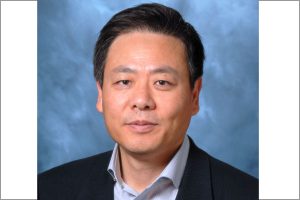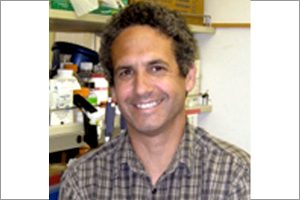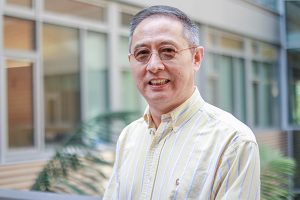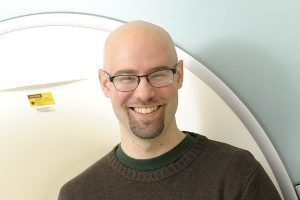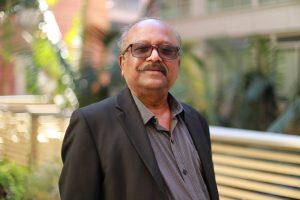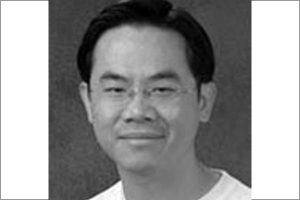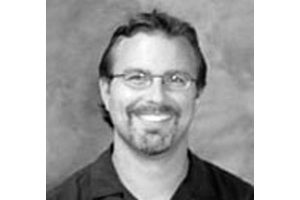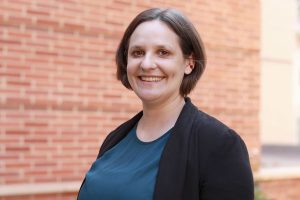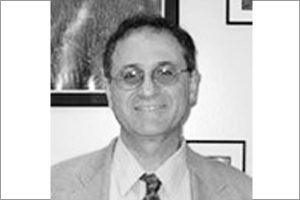
Biomedical Imaging (BI)
This field consists of the following two subfields: Biomedical Imaging Hardware Development (BIHD), Biomedical Signal and Image Processing (BSIP).
BI Subfield 1: Biomedical Imaging Hardware Development (BIHD)
The BIHD graduate program field prepares the students for a career in developing imaging hardware for medical diagnosis and intervention applications. Students will learn the physical basis of biomedical imaging modalities, such as optical imaging, CT, and MRI. The students will also be trained with hands-on experiences to build state-of-the-art imaging devices and test their performance in real-world medical imaging scenarios. Through the structured curriculum and lab activities, the students will experience the excitement of cutting- edge hardware research, hone skills in analytical thinking and communications, and gain knowledge of imaging techniques that are used in the biomedical field.
BI Subfield 2: Biomedical Signal and Image Processing (BSIP)
The Biomedical Signal and Image Processing (BSIP) field prepares students for a career in the acquisition and analysis of biomedical signals; and enables students to apply quantitative methods applied to extract meaningful information for both clinical and research applications. The BSIP program is premised on the fact that a core set of mathematical and statistical methods are held in common across signal acquisition and imaging modalities and across data analyses regardless of their dimensionality. These include signal transduction, characterization and analysis of noise, transform analysis, feature extraction from time series or images, quantitative image processing and imaging physics. Students in the BSIP program have the opportunity to focus their work over a broad range of modalities including electrophysiology, optical imaging methods, MRI, CT, PET and other tomographic devices and/or on the extraction of image features such as organ morphometry or neurofunctional signals, and detailed anatomic/functional feature extraction. The career opportunities for BSIP trainees include medical instrumentation, engineering positions in medical imaging, and research in the application of advanced engineering skills to the study of anatomy and function.
Faculty and Lecturers
